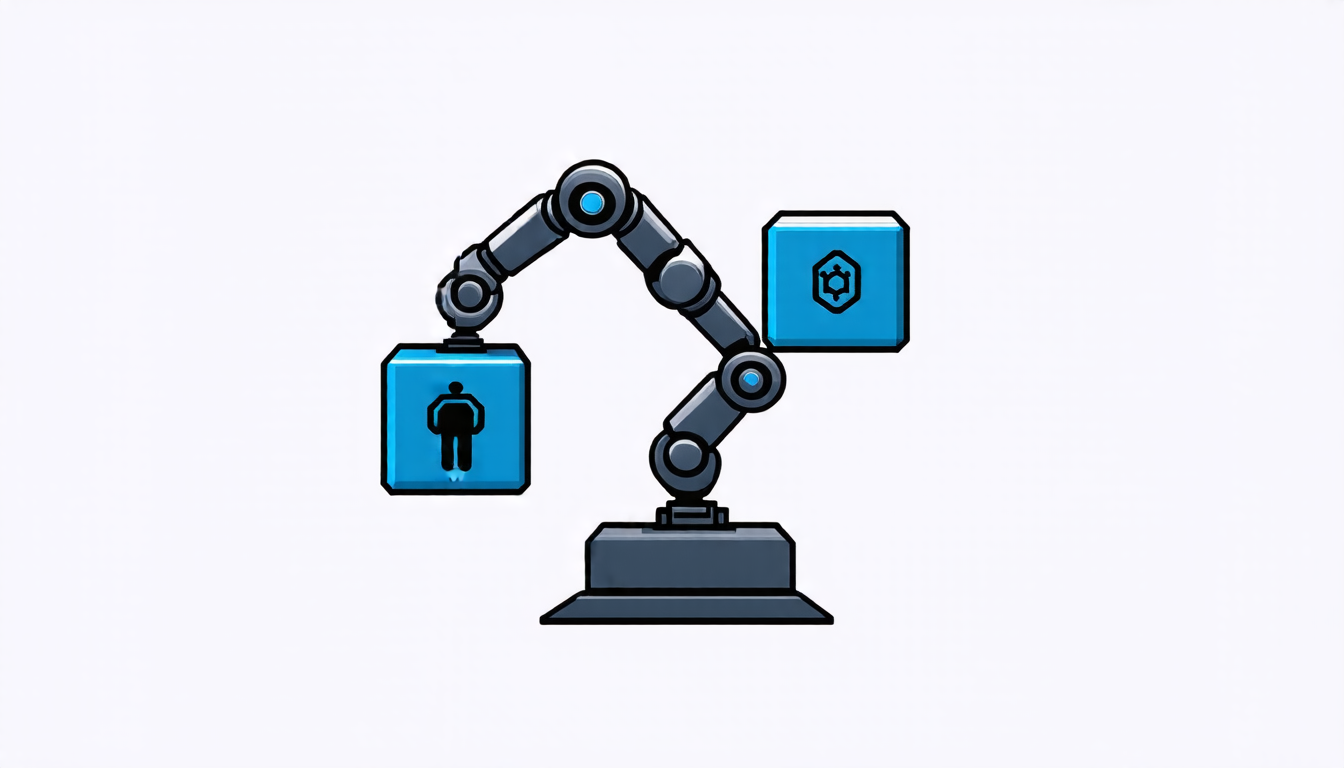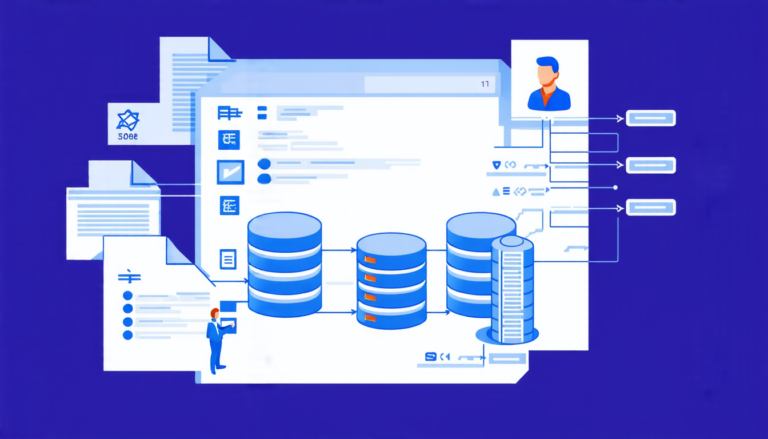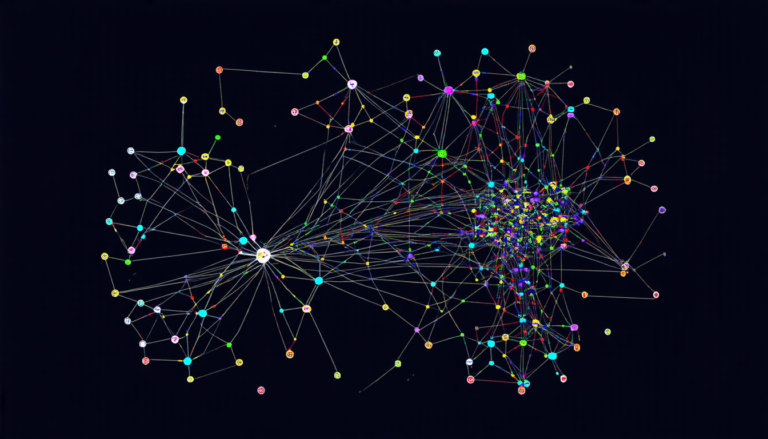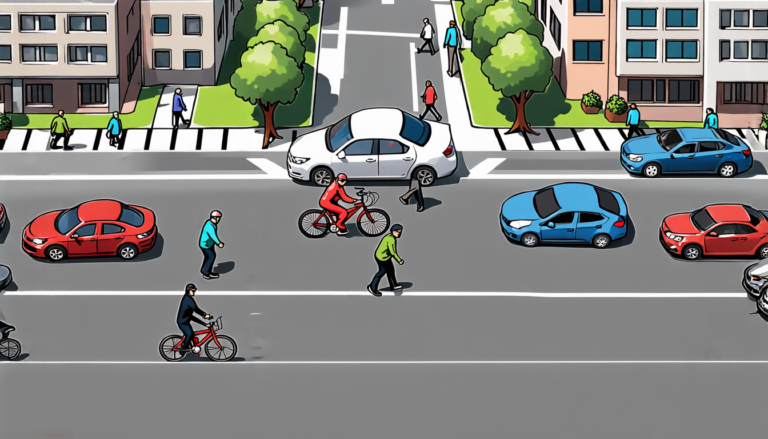Monday 08 September 2025
Robotics researchers have made significant progress in developing robots that can perform complex tasks, such as assembling objects and even creating art. However, teaching these robots new skills has typically been a laborious process, requiring extensive programming and trial-and-error testing.
A recent study has introduced a novel approach to robot learning, leveraging the power of machine learning and computer vision to enable robots to learn from human demonstrations. The researchers developed a system called Graph-Fused Vision-Language-Action (GF-VLA), which allows dual-arm robotic systems to perform task-level reasoning and execution directly from RGB-D human demonstrations.
The key innovation behind GF-VLA is its ability to extract information-theoretic cues from the demonstration videos, identifying hands and objects with the highest relevance to the task at hand. These cues are then encoded into temporally ordered scene graphs that capture both hand-object and object-object interactions. This graph-based representation enables the robot to reason about the task in a way that is both efficient and interpretable.
To further improve execution efficiency in bimanual settings, the researchers introduced a cross-hand selection policy that infers optimal gripper assignment without explicit geometric reasoning. This approach allows the robot to adapt to changing circumstances and make decisions based on the context of the task.
The researchers evaluated GF-VLA on four structured dual-arm block assembly tasks involving symbolic shape construction and spatial generalization. The results showed that the information-theoretic scene representation achieved over 95% graph accuracy and 93% subtask segmentation, supporting the LLM planner in generating reliable and human-readable task policies.
When executed by the dual-armed robot, these policies yielded impressive results, with a grasp success rate of 94%, placement accuracy of 89%, and overall task success rate of 90%. These findings demonstrate strong generalization and robustness across diverse spatial and semantic variations.
The implications of this research are significant, as it has the potential to revolutionize the way we teach robots new skills. By leveraging machine learning and computer vision, GF-VLA offers a more efficient and effective approach to robot learning, allowing researchers to focus on higher-level tasks such as task planning and decision-making.
In addition, the system’s ability to adapt to changing circumstances and make decisions based on context has important implications for real-world applications, where robots may need to respond to unexpected events or changes in their environment.
Cite this article: “Teaching Robots New Skills: A Graph-Based Approach to Efficient Learning”, The Science Archive, 2025.
Robotics, Machine Learning, Computer Vision, Graph-Based Representation, Task-Level Reasoning, Execution Efficiency, Bimanual Settings, Dual-Arm Robots, Block Assembly, Symbolic Shape Construction







